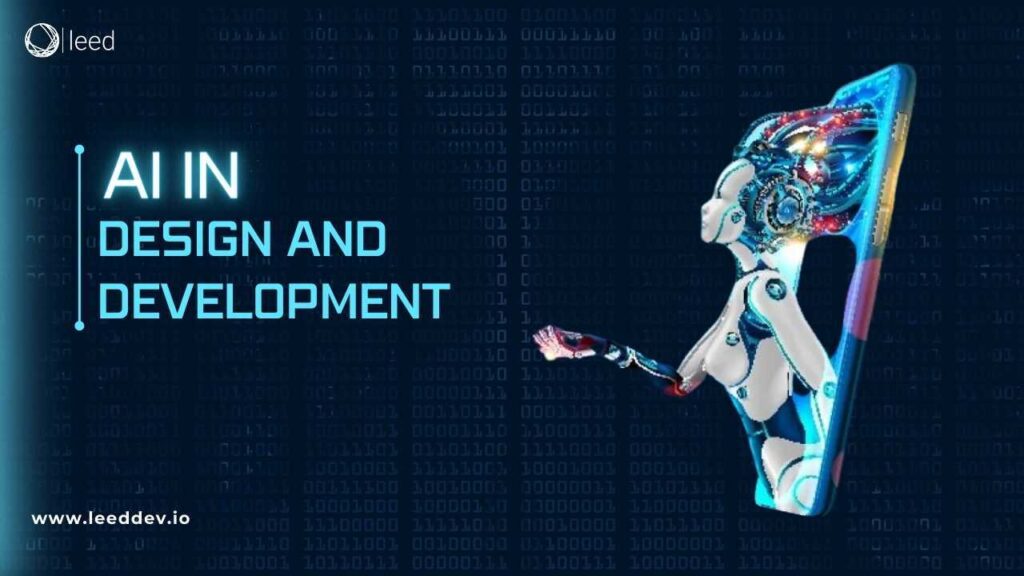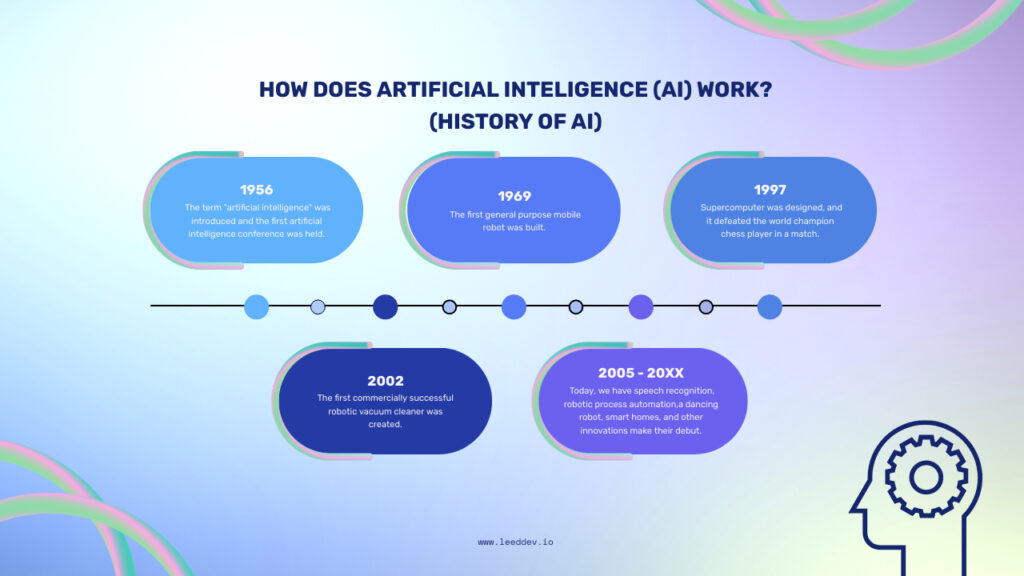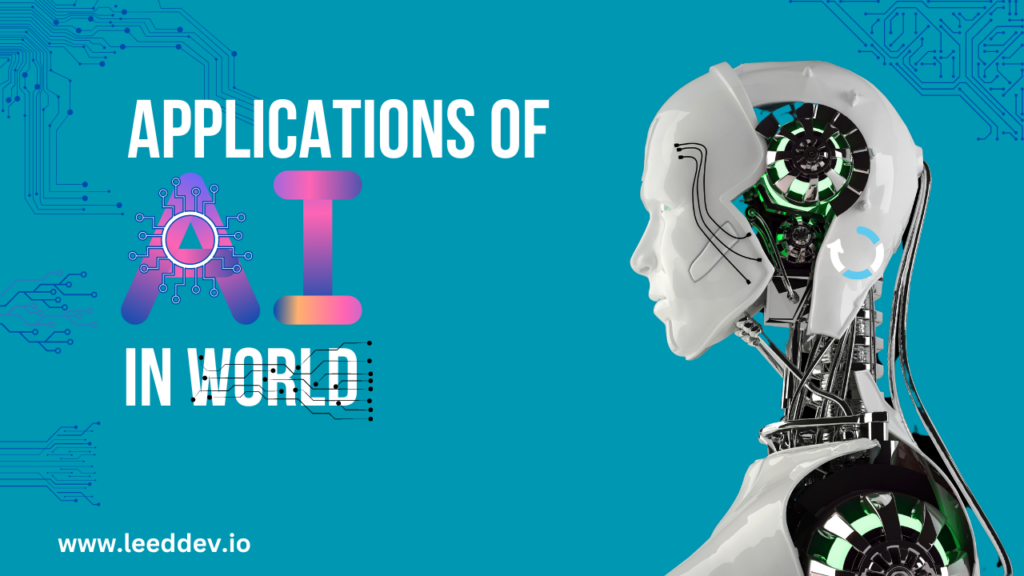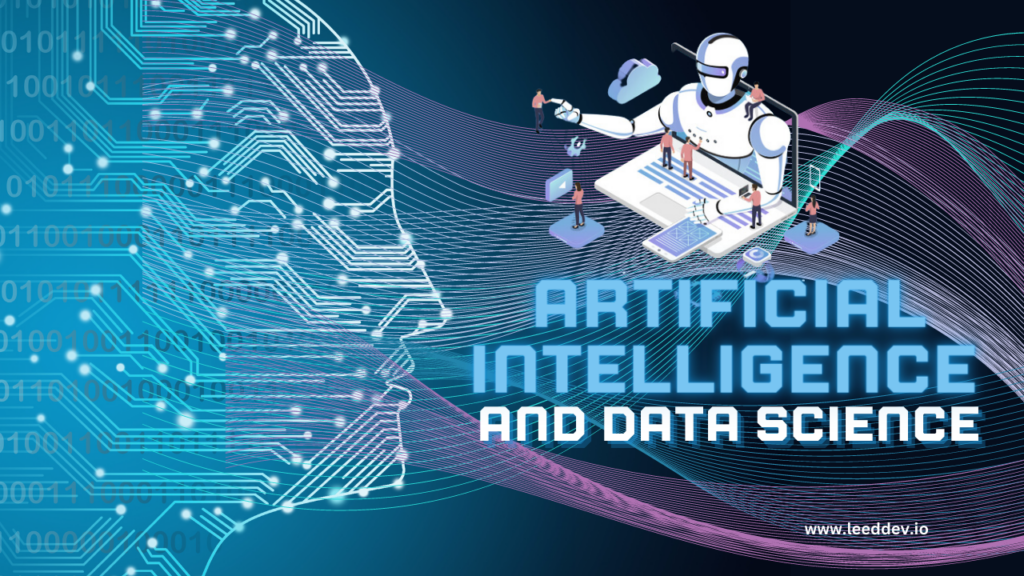Experts says that the emergence of Artificial Intelligence (AI) rivals significant historical innovations like the printing press or the first personal computer. Today, AI stands as a pivotal domain within software development, offering immense growth prospects.
Over half of all businesses incorporate AI into their operations, with 76% increasing their investments in AI technologies. According to Statista, the global AI market is supposed to reach nearly two trillion USD by 2030. This shows a major change from the 2021 value of 95.6 million USD.
Keep reading the blog to know about use of AI in design and development, essential AI tools, challenges posed by AI and much more.
What Is Artificial Intelligence?
Before going through the further details you need to know what Artificial Intelligence is. To simply describe, AI refers to the use of human intelligence processes by computer systems. These include learning, reasoning, problem-solving, perception, and language understanding. Basically, the goal is to create systems that can perform tasks that would typically require human intelligence.
The use of AI in design and development is increasing daily. ML, deep learning, and NLP allow computers to mimic cognitive functions associated with human minds.
5 Steps In Artificial Intelligence Workflow
The AI workflow has 5 steps which are given below:
- Input
- Processing
- Data outcomes
- Adjustments
- Assessments
Different learning algorithms are used with the help of different technologies including Machine learning in design, NLP, computer vision and much more. AI creative processes have also helped us a lot and are going to be more helpful in the future as well.
AI in Design and Development
First of all let’s discuss how AI is helping the designers in their work.
Faster Prototyping:
Designers using AI can create designs quicker and cheaper because AI analyzes large amounts of data and suggests design changes rapidly.
Streamlined Localization:
AI helps with tasks like translating graphics into different languages, saving time and effort for designers. For example, Netflix uses AI to quickly translate show banners into many languages.
Emergence of AI Design Tools:
AI design tools are becoming more common and powerful. For instance, an AI system designed millions of unique packaging designs for Nutella, which sold out quickly.
Future Possibilities:
In the future, AI could help designers create 3D virtual reality (VR) worlds faster. Designers would give some basic information, and AI would create different design options for them to choose from.
Now to discuss how AI is helping the developers!
Automation:
Testing, bug detection, and many more features AI can help in this. Basically, AI is freeing developers to focus on creative work. Generative AI is also projected to handle 60-70% of coding jobs.
Intelligent Recommendations:
Generative AI offers intelligent recommendations by analyzing code and suggesting improvements or alternative solutions. Aids in code reviews, testing as well as debugging. Along with this AI helps bridge skill gaps for less experienced developers.
Informed Decision Making:
Also allowing developers to make data driven decisions during the development process. Now, it’s to analyze large datasets to identify patterns and insights. Simply explained, this is guiding developers throughout the development lifecycle. AI development frameworks are helping us a lot.
Code Generation:
Generative AI revolutionizes code generation, automating routine tasks like code reviews, testing, and debugging. This also reduces manual coding efforts and boosts efficiency in development processes.
DevOps:
AI enhances DevOps practices by automating tasks like code reviews, testing, and debugging. It fosters collaboration between development and operations teams, providing real-time insights and improving overall system performance.
Advantages Of AI in Design and Development
Go through the given table to have a better understanding of the use of AI in Design and Development:
| Aspects | AI in Development | AI in Design |
| Automation in design and development | Automated testing, bug detection, and routine tasks. | Assists in generating designs, prototyping, and streamlining repetitive design tasks. |
| Intelligent Recommendations | Offers suggestions for code improvements and alternative solutions. | Provides design recommendations based on data analysis and user behavior. |
| Data-driven Decision Making | Analyzes large datasets to guide decision-making throughout the development lifecycle. | Utilizes data analysis to inform design decisions and optimize user experience. |
| Code Generation | Generates code for routine tasks like code reviews, testing, and debugging. | Helps automate design processes, such as generating UI components and layouts based on input parameters. |
| DevOps | Automates tasks like code reviews, testing, and debugging to streamline DevOps processes. | Enhances collaboration between design and development teams and improves efficiency in design workflows. |
Will AI Replace Humans?
The most common question asked is will AI replace designers and developers? This is one of the major concerns of any designer or developer. Well, the answer is No. although AI in design and development has helped us a lot, provided us with suggestions that are beyond excellent. However, it’s unlikely to fully replace humans. AI can’t compete with the intelligence of humans. Also, human oversight and decisions are often required to ensure ethical considerations and quality control. So it’s safe to say that instead of replacing humans AI is more likely helping humans in their work.
Conclusion
Summarizing up, now we know that the integration of AI in design and development has revolutionized workflows and enhanced efficiency. From automated testing to intelligent recommendations, AI-driven tools have empowered us to achieve more in less time. While AI offers invaluable assistance, it’s important to note that it won’t replace human creativity. Instead, it’s helping us to use AI technologies to push the boundaries of innovation in digital landscape.
FAQs
Will AI replace designers and developers?
No, AI is unlikely to fully replace humans. While it enhances efficiency and provides excellent suggestions but the point is that human creativity and oversight are irreplaceable.
How Is AI helping in design and development?
In design and development AI is helping us through:
- Automation
- Intelligent recommendations
- Data-driven decision-making
- Code generation
- DevOps processes
How designers are using AI technologies in their processes?
Designers use AI tools to automate tasks like prototyping, localization & generating design recommendations. Moreover, this helps them save their time and use less effort.
What benefits does AI offer in development workflows?
AI accelerates tasks like testing, bug detection & code generation, improving efficiency and collaboration in development teams.
What is the future outlook for AI in design and development?
The future holds continued advancements in AI-driven tools, further enhancing productivity and innovation in design and development workflows.
How does AI help us in informed decision-making in development?
AI analyzes large datasets to identify patterns and insights. Therefore, guiding developers in making data-driven decisions throughout the development lifecycle.
Can AI tools adapt to different design styles & preferences?
Yes, AI-driven tools can adapt to various design styles by learning from input parameters & user behavior. Furthermore, it provides better solutions.
What role does AI play in bridging skill gaps for developers?
AI offers intelligent recommendations and assists in routine tasks, helping less experienced developers improve their skills and efficiency in coding and problem-solving.




